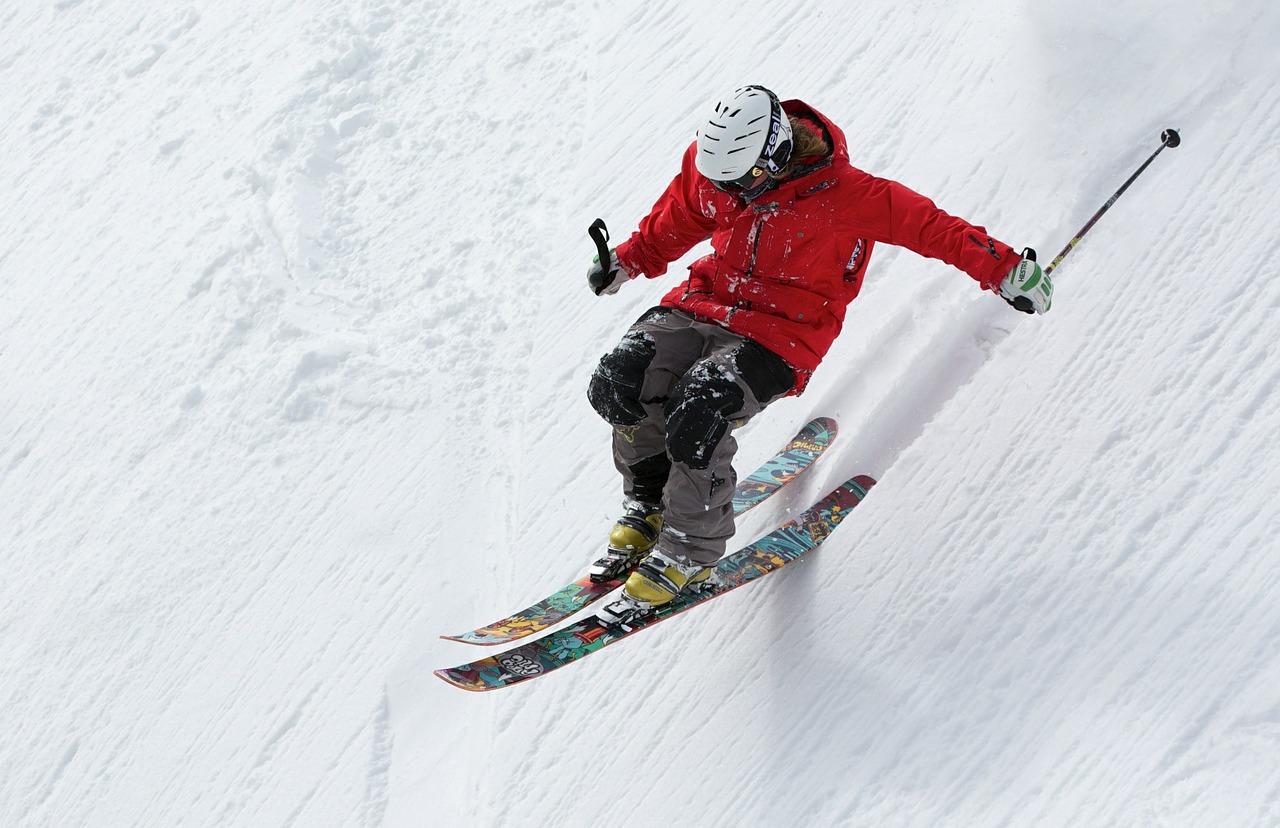
Question
Hello Dr. Julius,
I am an aspiring Radiologist who is currently preparing for the USMLE exams. In the future, I plan to apply for Radiology residency as well as Internal Medicine as a backup. However, I am a little worried and confused about submitting my NRMP Rank order list when the time comes. Specifically, I would like to ask if it is acceptable to apply for a Radiology position, preliminary position, as well as a full 3-year internal medicine residency position at the same program. How would my rank order list look?
Also, what would be an appropriate response to give interviewers if they know I have applied for both a prelim position and a full three year IM position? I am worried about being in a scenario where I would not match into any program at all due to the improper listing of my Rank Order List.
Thank you for your time,
Concerned applicant
Answer:
How To Rank Order For The Match
Good question! For confirmation about the process, I recently spoke with a few of my residents. Typically, you can tie the preliminary spots to the advanced radiology programs such that you need to match into a combination of the two or none at all. That can leave you with potentially hundreds of combinations and permutations depending on the number of programs you decide to rank. Furthermore, after you rank these tied together programs, you can then list the 3-year internal medicine programs. That way, you will rank any combination of a prelim and radiology programs more highly than a categorical three-year internal medicine slot. As you specified, you need to be careful to make the appropriate order when you create this rank order for the list. You may want to write down (on paper or electronically) the permutations before clicking the submit button!
Prelim Medicine And Three Year IM Programs Rank Issue
I would have to say that the other more controversial question to answer would be what to tell the Prelim and Three Year IM Programs to which you are applying at the same place. In this situation, I firmly believe that honesty is the best policy. Any other tact would make you seem a bit ridiculous since they already will know your motivations.
Make sure to make it known that you enjoy medicine as well as radiology. And, tell the interviewers that you will perform exceptionally no matter which program you attend. Program directors most want to know that the folks beginning in their program will make it through to the completion of their residency. So, this strategy should satisfy the program director’s biggest concerns.
Hope that allays your concerns,














